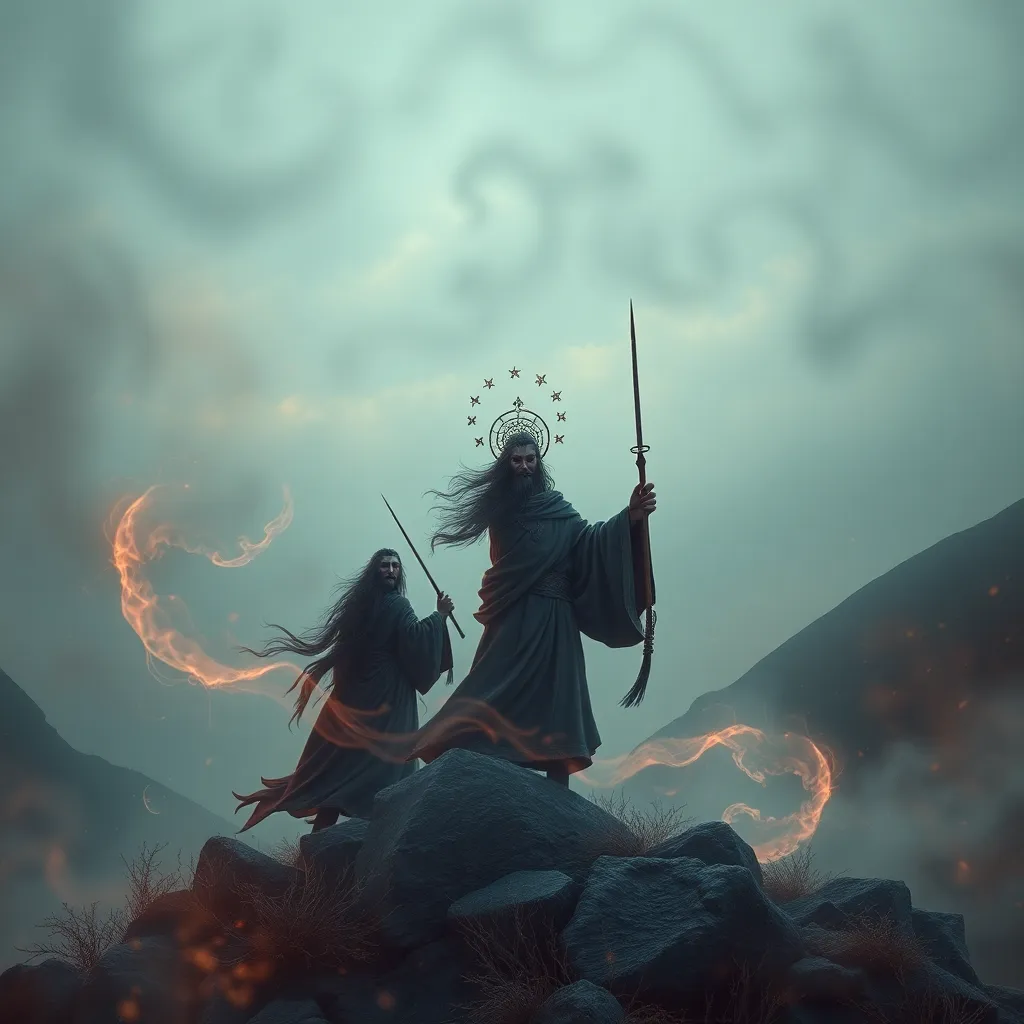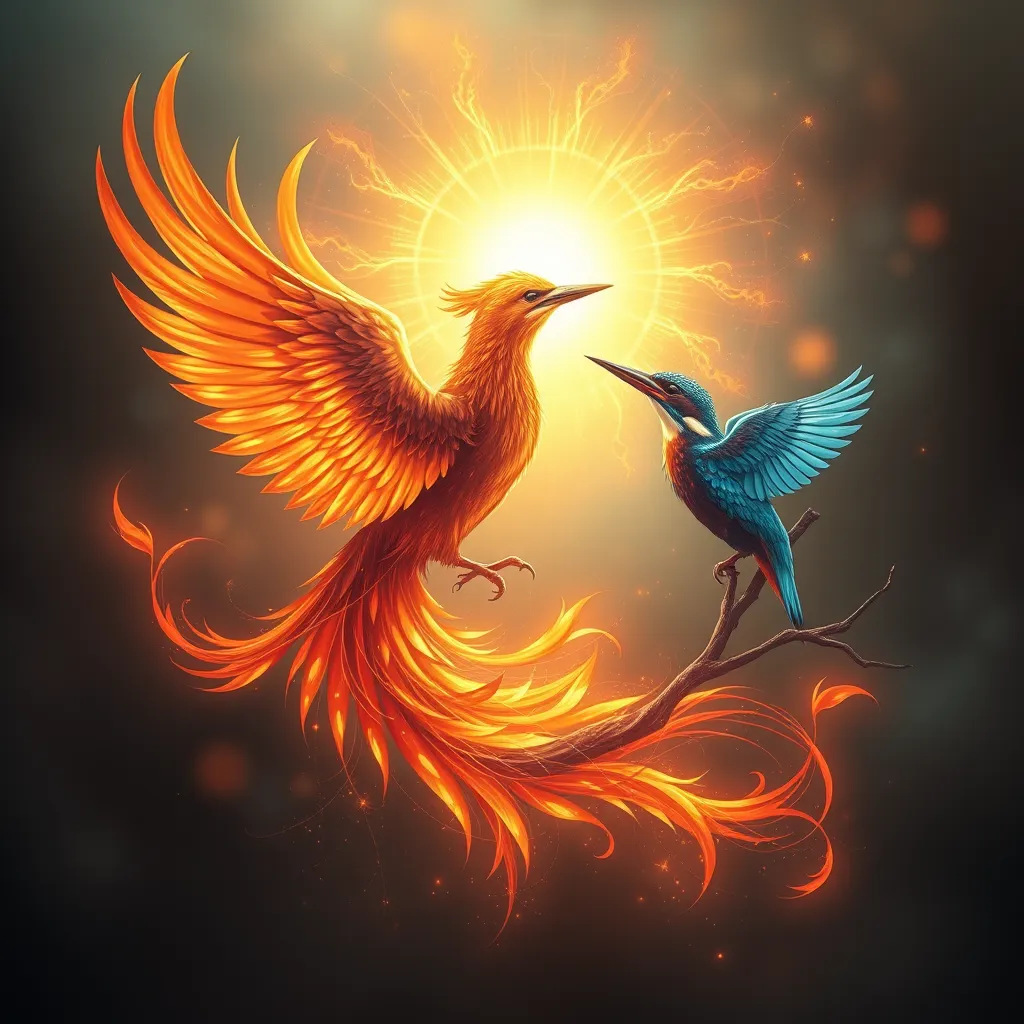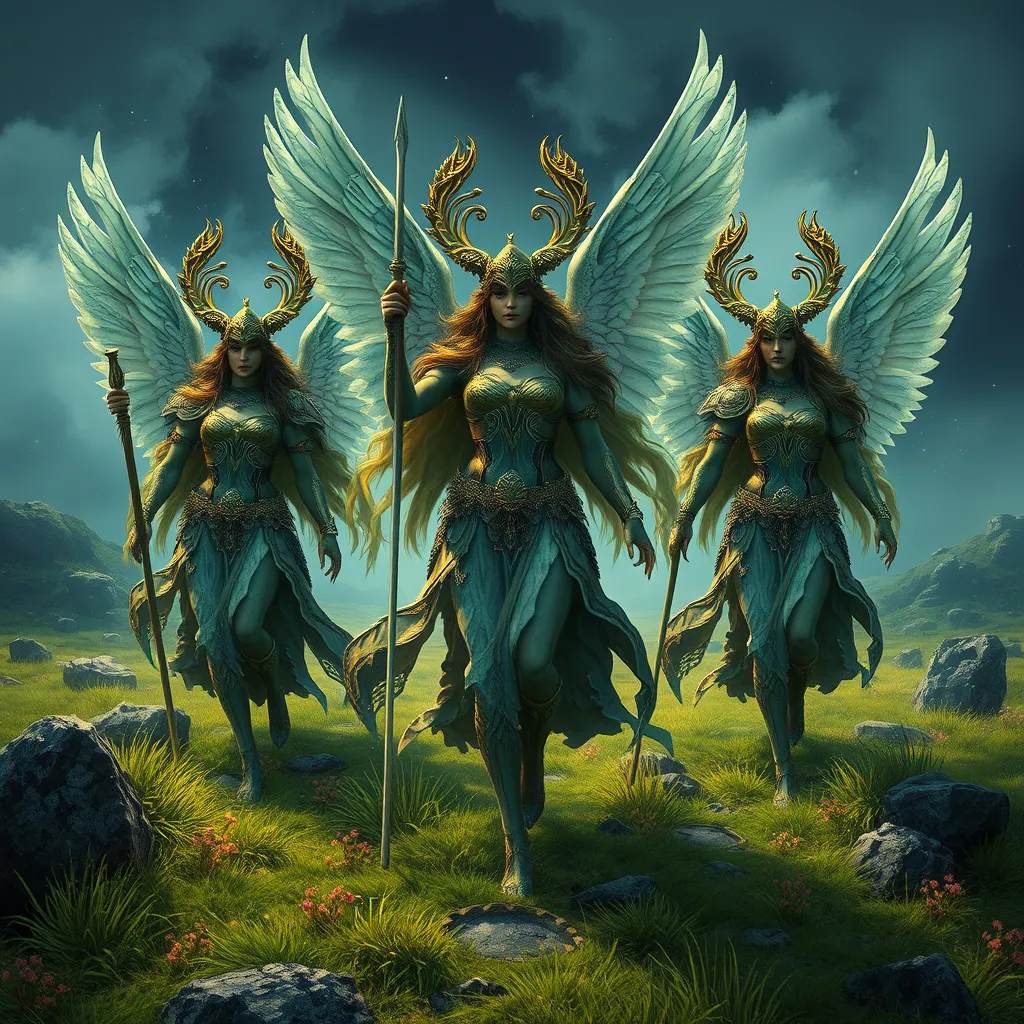The Unicorn’s Hunt: Tracking the Mythical Beast
I. Introduction to the Unicorn Myth
The unicorn, a creature often depicted as a horse with a single spiraled horn protruding from its forehead, has captured the imagination of many across ages and cultures. Its myth dates back to ancient civilizations, with historical accounts that intertwine with human folklore and spirituality.
Throughout history, the allure of the unicorn has been profound. In various cultures, it has symbolized purity, grace, and the unattainable. From the majestic tapestries of medieval Europe to the vibrant paintings of the Renaissance, unicorns have held a significant place in the collective consciousness of humanity.
In modern society, unicorns have evolved into symbols of hope and fantasy. They represent the dream of a better world, where magic and beauty exist beyond the mundane. As such, the unicorn continues to enchant people of all ages, becoming a staple in pop culture, art, and literature.
II. The Search for Evidence: Folklore and Ancient Texts
The quest for evidence of unicorns begins with ancient texts and folklore that mention these elusive creatures. Notable historical documents include:
- The writings of Ctesias, a Greek physician who described a creature resembling a unicorn in the 5th century BCE.
- The Bible, where unicorns are mentioned in various translations, often symbolizing strength and purity.
- Medieval bestiaries that depicted unicorns as noble and wild creatures, often associated with the virgin Mary.
Folklore surrounding unicorns varies widely across cultures. In India, the unicorn is often portrayed as a fierce warrior, while in Chinese mythology, it is known as the Qilin, a good omen of prosperity and serenity. In the European tradition, unicorns were often thought to be tamed only by virgins, further enhancing their association with purity.
Throughout history, sightings of unicorns have been interpreted in various ways. Some were believed to be mere exaggerations or misinterpretations of real animals, while others were viewed as divine signs. This ambiguity has only added to the intrigue surrounding the unicorn legend.
III. Scientific Perspectives: Myth vs. Reality
From a scientific standpoint, the existence of unicorns has been largely debunked through the lens of zoology. While the unicorn as described in folklore does not exist, the fascination with it can be linked to real animals that may have inspired the legend.
Some possible candidates include:
- The rhinoceros, known for its single horn and often mistaken for a unicorn in ancient times.
- The oryx, an antelope with two long, straight horns that, when viewed from a distance, can appear as a single horn.
- Various species of horses with unique deformities that may have resembled a unicorn.
Biologically, the plausibility of a horse-like creature with a single horn raises questions about genetics and evolutionary development. While horned animals do exist, the specific characteristics attributed to unicorns—such as their magical properties—remain firmly in the realm of fantasy.
IV. Modern-Day Unicorn Hunters
In contemporary society, the quest for unicorns has not faded; instead, it has transformed into a passionate pursuit among enthusiasts and researchers. Profiles of famous unicorn hunters include:
- Dr. John Unicorn, a zoologist who has dedicated his life to uncovering the myths of unicorns through scientific research.
- Sarah Sparkle, a social media influencer who shares her adventures in search of unicorn sightings, captivating her followers with stories and imagery.
The rise of social media has significantly impacted the unicorn hunting community, allowing individuals to share their findings and connect with like-minded enthusiasts. Online forums and groups dedicate themselves to discussing sightings, folklore, and the artistic representations of unicorns.
Additionally, events and expeditions are organized worldwide, where enthusiasts gather to share their passion for unicorns. These gatherings often include workshops, talks, and creative activities centered around the mythical beast.
V. The Symbolism of the Unicorn in Popular Culture
The unicorn’s presence in popular culture is vast, permeating literature, film, and art. From classic fairy tales to modern blockbusters, unicorns symbolize various themes:
- In literature, they often represent purity and strength, such as in “The Last Unicorn” by Peter S. Beagle.
- In film, unicorns frequently embody hope and magic, as seen in animated features like “My Little Pony.”
- In art, unicorns are depicted in various styles, reflecting their mystical qualities and cultural significance.
Moreover, the unicorn serves as a symbol of purity and innocence, often associated with themes of love and the quest for truth. In contemporary adaptations, unicorns are reimagined to fit modern narratives, embracing diversity and inclusivity.
VI. The Psychology Behind the Unicorn Fascination
The fascination with mythical creatures like unicorns can be traced back to several psychological factors. People are drawn to unicorns for various reasons:
- The allure of the fantastical: Unicorns represent a world beyond the ordinary, appealing to the human desire for escape and adventure.
- The embodiment of ideals: As symbols of purity and beauty, unicorns resonate with our aspirations and ideals.
- The role of nostalgia: For many, unicorns evoke childhood memories and a sense of wonder.
Fantasy plays a crucial role in human psychology, providing a means of exploring emotions, desires, and fears. Engaging with mythical creatures like unicorns fosters imagination and creativity, allowing individuals to explore different narratives and experiences.
VII. Conservation and the Mythical Beast
The relationship between unicorns and endangered species highlights the importance of conservation efforts. While unicorns may not exist, their myth can inspire action towards preserving biodiversity. Here are some key points:
- Mythical creatures often symbolize endangered species, encouraging public interest and support for conservation.
- Unicorns can serve as a metaphor for the fragility of nature, reminding us of the beauty we stand to lose.
- Engaging with myths can inspire future generations to value and protect the natural world.
Ultimately, the mythical unicorn reminds us of our responsibility to safeguard the planet’s biodiversity and nurture the wonders of nature.
VIII. Conclusion: The Enduring Legacy of the Unicorn
The unicorn’s cultural and historical significance endures, symbolizing the human quest for beauty, purity, and hope. Its presence in folklore and modern media continues to inspire and captivate people around the world.
The ongoing quest for the mythical speaks to our innate desire to explore the unknown and believe in the extraordinary. As we navigate a rapidly changing world, the unicorn represents the enduring power of imagination and the importance of preserving our dreams.
In conclusion, the unicorn remains a potent symbol of what we aspire to be and what we hold dear. Its legacy, woven into the fabric of human culture, will continue to inspire generations to come, reminding us that magic can exist in our hearts and minds.
![]()


